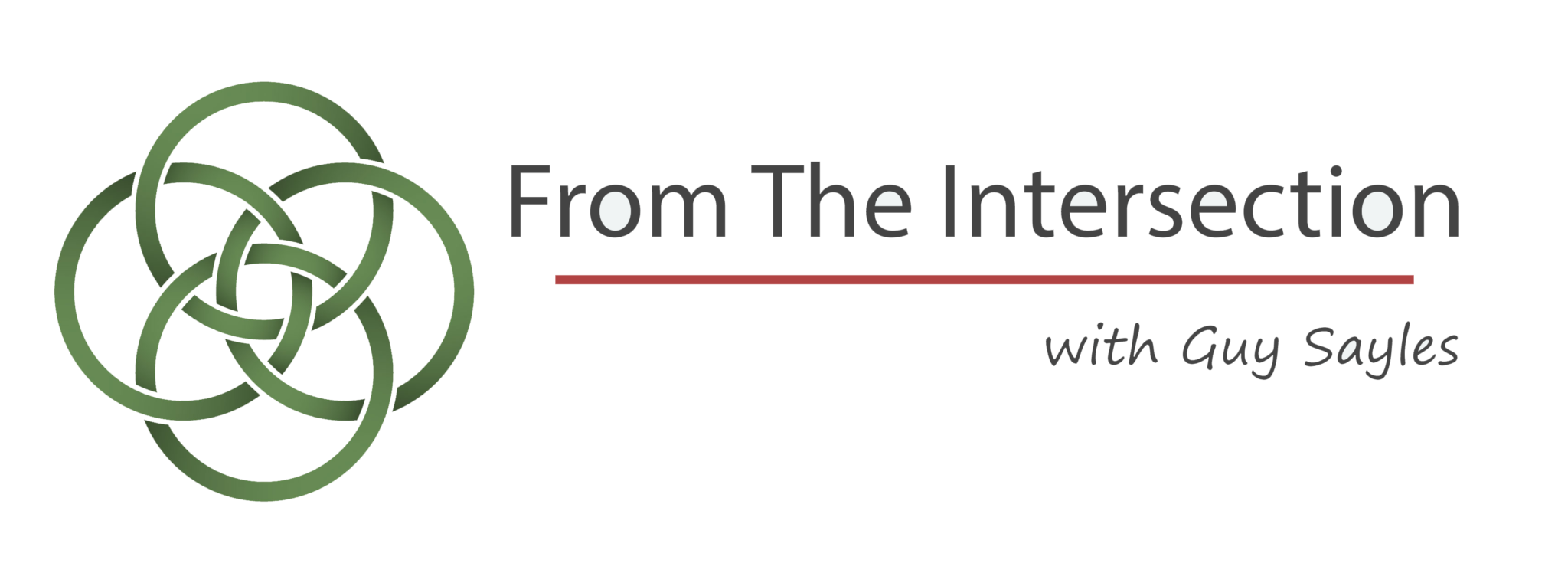At First Baptist Church of Asheville, we’ve
been taking a close and hopeful look at the challenges and opportunities we
face. That crucial work continues, and I’ve
suggested that, as we do it, we need to keep in mind some pervasive trends
which characterize our cultural context.
The dominant trends, as I see them, are:
Individualism,
which manifests itself either as the fear
of, or an insistence on, being left alone.
Superficially, many people seem to be very self-centered, even
self-indulgent, and concerned only for themselves, their most immediate and
closest relationships, and their own success and well-being. Deeper down, many of these apparently
self-centered and self-indulgent people are dealing with—and attempting to
mask—painful feelings of inadequacy and
shame and gnawing anxieties about being devalued and depleted.
which manifests itself either as the fear
of, or an insistence on, being left alone.
Superficially, many people seem to be very self-centered, even
self-indulgent, and concerned only for themselves, their most immediate and
closest relationships, and their own success and well-being. Deeper down, many of these apparently
self-centered and self-indulgent people are dealing with—and attempting to
mask—painful feelings of inadequacy and
shame and gnawing anxieties about being devalued and depleted.
Economic Anxiety and
Confusion over the Failures of Consumerism: The Great Recession has
made many people more cautious and less
generous. They have less confidence in, or optimism about, the
future. People also know that
consumerism has not kept its promises of fulfillment, security, and happiness;
but, since they lack compelling, attractive, and more fulfilling alternative, they continue to turn toward excessive consumption
(in its most extreme forms, it manifests as addiction) as a response to their
needs.
Confusion over the Failures of Consumerism: The Great Recession has
made many people more cautious and less
generous. They have less confidence in, or optimism about, the
future. People also know that
consumerism has not kept its promises of fulfillment, security, and happiness;
but, since they lack compelling, attractive, and more fulfilling alternative, they continue to turn toward excessive consumption
(in its most extreme forms, it manifests as addiction) as a response to their
needs.
Disillusionment with Established
Leaders and Traditional Institutions is rampant, and the disillusionment
deepens in exasperated response to political gridlock and cultural polarization. Established leaders seem unable to lead, and,
frustratingly, many ostensible leaders are willing to sacrifice the common good
to their own narrow and short-term ambitions.
As a consequence, more and more
people view traditional institutions, entrusted to these established leaders,
as increasingly irrelevant to a good and meaningful future. There is greater cynicism about leaders and
leadership, and lower trust in traditional institutions of government,
education, and religion than I have known across all the years of my ministry.
Leaders and Traditional Institutions is rampant, and the disillusionment
deepens in exasperated response to political gridlock and cultural polarization. Established leaders seem unable to lead, and,
frustratingly, many ostensible leaders are willing to sacrifice the common good
to their own narrow and short-term ambitions.
As a consequence, more and more
people view traditional institutions, entrusted to these established leaders,
as increasingly irrelevant to a good and meaningful future. There is greater cynicism about leaders and
leadership, and lower trust in traditional institutions of government,
education, and religion than I have known across all the years of my ministry.
High-Tech, High Touch
Relationships and Modes of Gathering: Depending on the relational
patterns of the users of various connecting technologies, those technologies
can broker, enrich, extend, interfere with, and isolate people from mutual and
meaningful relationships. High-Tech does not have to be, but it can
be, in tension with High Touch. In
fact, it’s more common these days for people to want and, often, to create ways
of gathering (or congregating) that make good use of technology for nurturing
relationships and for enriching the gatherings themselves. Technology, in other words, isn’t simply a
means of inviting people to, and announcing opportunities for, gathering. It also has possibilities for enhancing the quality
of a gathering, as well as for “real time” sharing of that experience with
people not in the room. What people want, in any case, are experiences
and ways of being together that are authentic, transparent, and “real.” It’s also true, by the way, that experiences of gathering need to be
visually, aurally, and tactilely rich.
Relationships and Modes of Gathering: Depending on the relational
patterns of the users of various connecting technologies, those technologies
can broker, enrich, extend, interfere with, and isolate people from mutual and
meaningful relationships. High-Tech does not have to be, but it can
be, in tension with High Touch. In
fact, it’s more common these days for people to want and, often, to create ways
of gathering (or congregating) that make good use of technology for nurturing
relationships and for enriching the gatherings themselves. Technology, in other words, isn’t simply a
means of inviting people to, and announcing opportunities for, gathering. It also has possibilities for enhancing the quality
of a gathering, as well as for “real time” sharing of that experience with
people not in the room. What people want, in any case, are experiences
and ways of being together that are authentic, transparent, and “real.” It’s also true, by the way, that experiences of gathering need to be
visually, aurally, and tactilely rich.
Discover more from From The Intersection
Subscribe to get the latest posts sent to your email.


Recent Comments